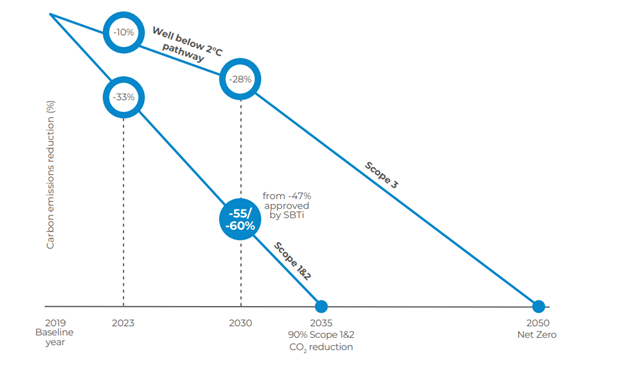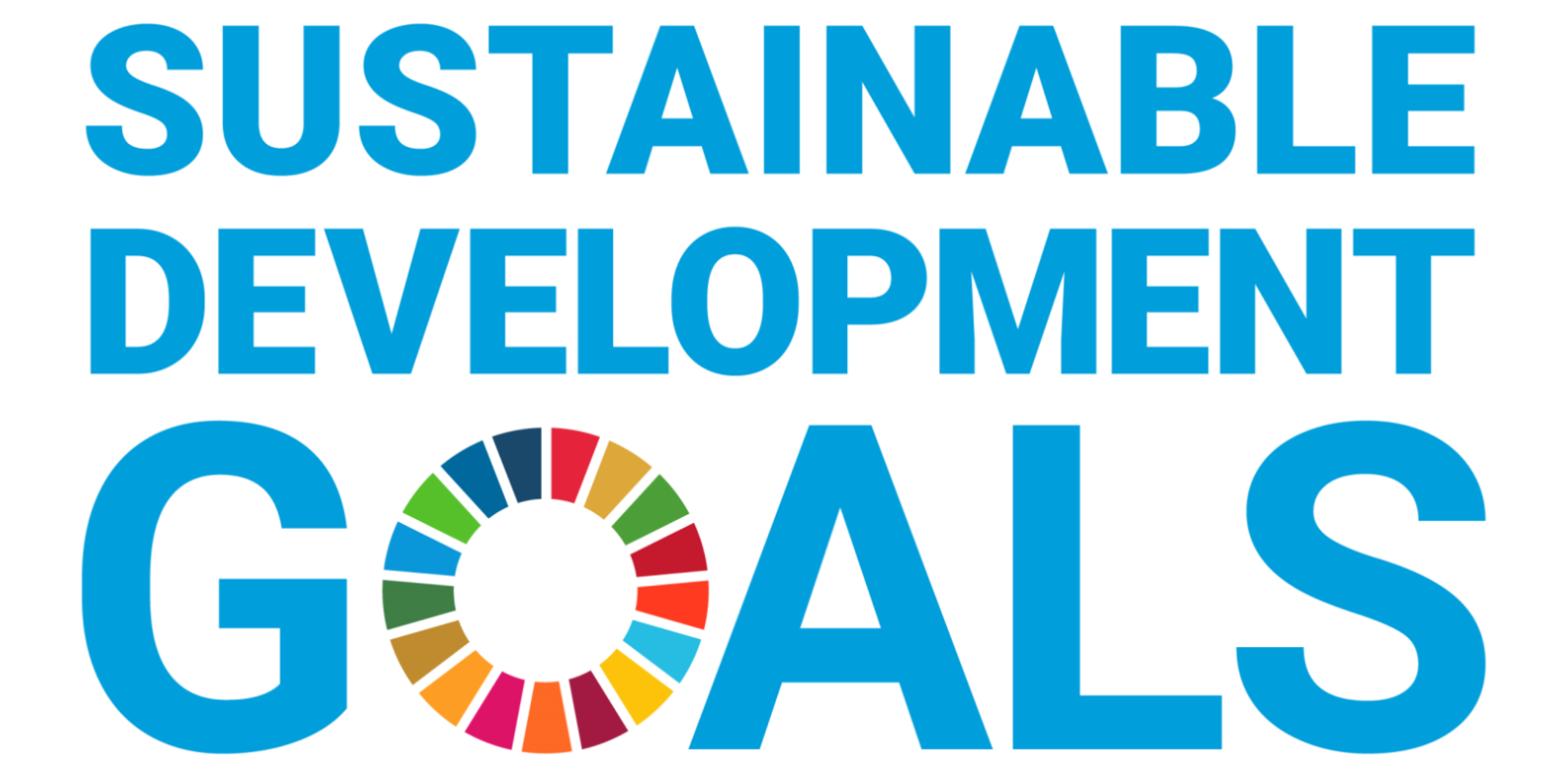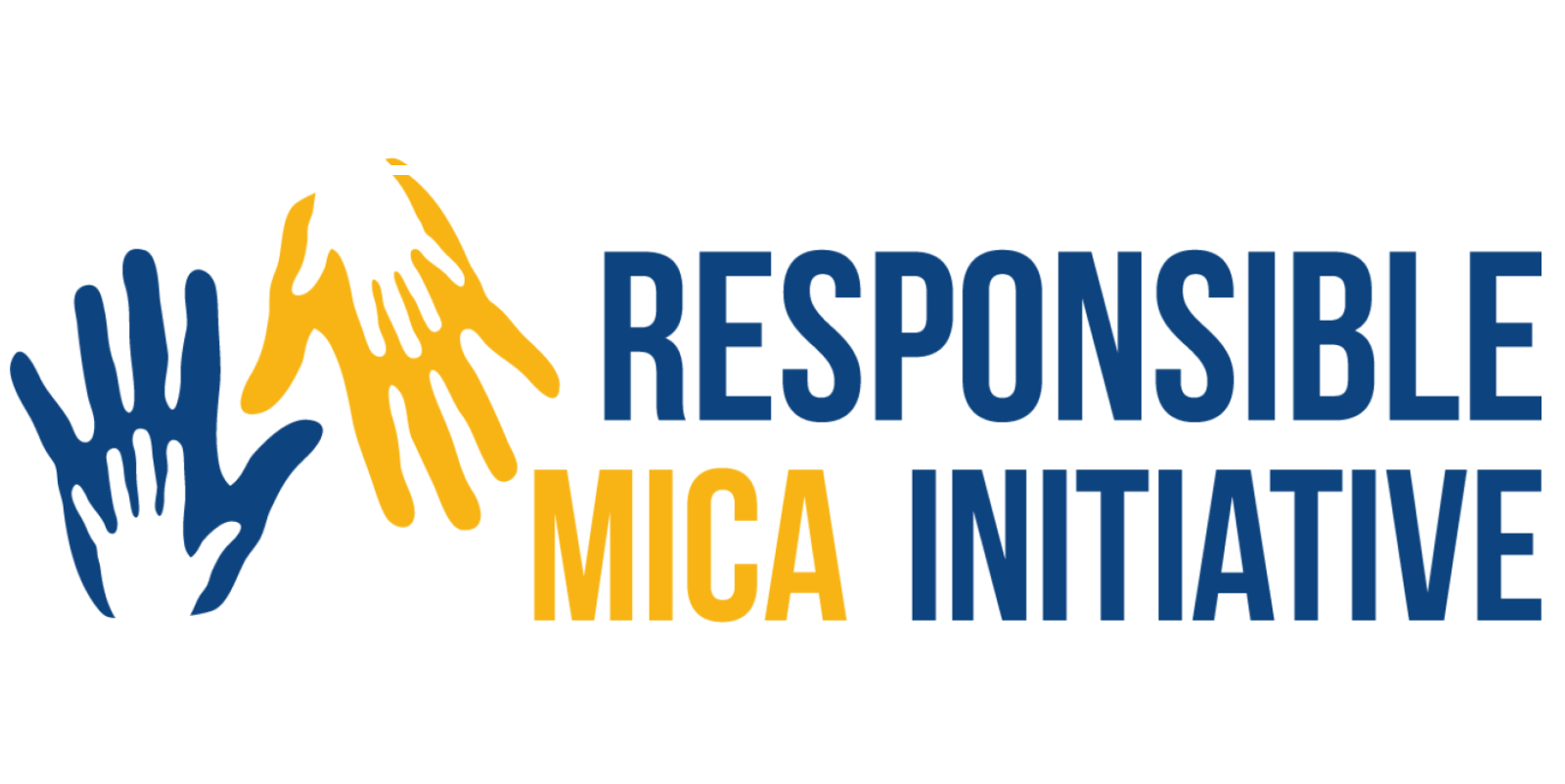The Science Based Targets initiative (SBTi) is a collaboration between the Carbon Disclosure Project (CDP), the United Nations Global Compact (UNGC), the World Resources Institute (WRI), and the World Wide Fund for Nature (WWF).
It aims to guide companies in setting greenhouse gas (GHG) emissions reduction targets that align with the latest climate science to meet the Paris Agreement goals. By committing to science-based targets, companies can drive ambitious climate action, future-proof their growth, enhance their credibility, and foster innovation while reducing regulatory risks.
Prysmian is committed to being a global leader in the decarbonization process, driving sustainable growth for both people and the planet. Our dedication is reflected in our ambitious science-based targets, ensuring that our efforts are aligned with the latest climate science to limit global warming. By setting these targets, we are committed to reducing our carbon footprint and promoting a healthier, more sustainable future for all. (graph below relates to this)
Overall net zero target – Prysmian is committed to achieving net zero along the entire value chain by 2050
Short-term goals- Prysmian is committed to reducing it’s scope 1 and 2 emissions by 47%, in absolute terms, compared to 2019 baseline, and scope 3 emissions by 28%.
Long -term goals – Prysmian is committed to reducing in absolute terms, it’s scope 1&2 emissions by 90% compared to 2019 baseline by 2035 and scope 3 in absolute terms by 2050.
Prysmian’s efforts to reduce emissions are yielding promising results. In 2023, the company announced it was ahead of its decarbonization targets, projecting a 45% reduction in Scope 1 and 2 emissions and a 23% reduction in Scope 3 emissions by 2027. In January 2024, Prysmian set a more ambitious goal, aiming for a 55-60% reduction in Scope 1 and 2 emissions by 2030, surpassing the 47% reduction approved by the SBTi. This new target underscores the Group’s enhanced commitment to decarbonizing its operations through internal solutions and processes that further minimize environmental impact.










